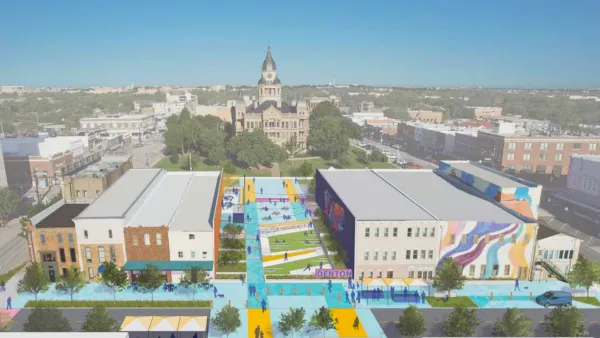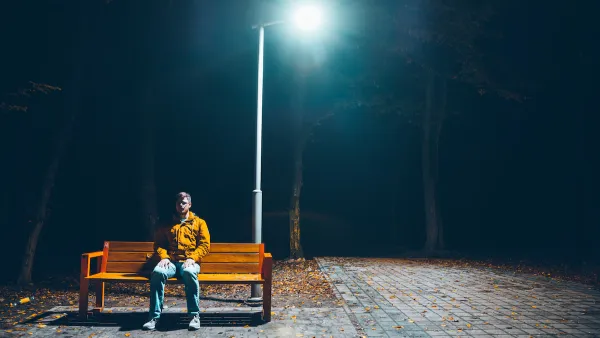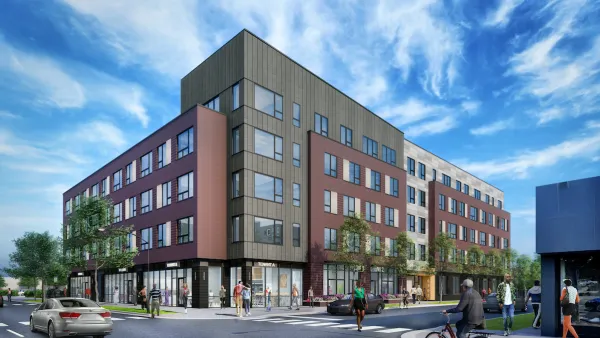With federal funding throw at homeland security over the last decade, architects and urban designers found an opportunity to develop great public spaces that are enjoyable as well as secure, writes Carol Strickland.
Early responses were crude, writes Strickland, as bollards and fences invaded public spaces. But as the decade wore on, designers found ways to take advantage of the security needs:
One sweet result of the bitter reality is the recommended 100-foot "standoff zone" between a new building and the curb (to keep bomb-laden vehicles at bay). The setback creates new public spaces, planted plazas for pedestrians. And while buildings themselves may be "hardened" with concrete cores, thick masonry walls, and wide stairways as escape routes, softer measures on the outside effectively accomplish the three D's of defense: detect, deter, and delay."
Strickland points to the National Museum of the American Indian on the Mall in Washington as an effective example.
FULL STORY: Designing for Disaster

National Parks Layoffs Will Cause Communities to Lose Billions
Thousands of essential park workers were laid off this week, just before the busy spring break season.

Retro-silient?: America’s First “Eco-burb,” The Woodlands Turns 50
A master-planned community north of Houston offers lessons on green infrastructure and resilient design, but falls short of its founder’s lofty affordability and walkability goals.

Delivering for America Plan Will Downgrade Mail Service in at Least 49.5 Percent of Zip Codes
Republican and Democrat lawmakers criticize the plan for its disproportionate negative impact on rural communities.

Test News Post 1
This is a summary

Test News Headline 46
Test for the image on the front page.

Balancing Bombs and Butterflies: How the National Guard Protects a Rare Species
The National Guard at Fort Indiantown Gap uses GIS technology and land management strategies to balance military training with conservation efforts, ensuring the survival of the rare eastern regal fritillary butterfly.
Urban Design for Planners 1: Software Tools
This six-course series explores essential urban design concepts using open source software and equips planners with the tools they need to participate fully in the urban design process.
Planning for Universal Design
Learn the tools for implementing Universal Design in planning regulations.
EMC Planning Group, Inc.
Planetizen
Planetizen
Mpact (formerly Rail~Volution)
Great Falls Development Authority, Inc.
HUDs Office of Policy Development and Research
NYU Wagner Graduate School of Public Service





























